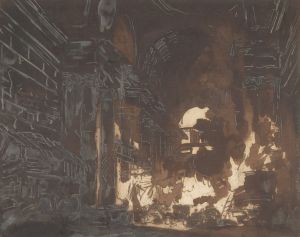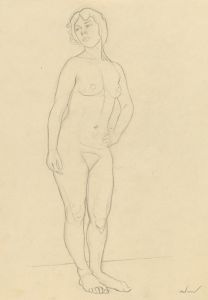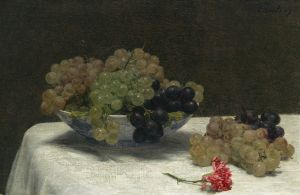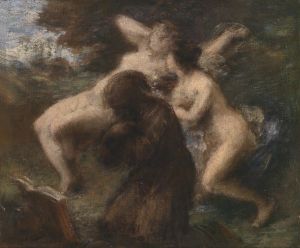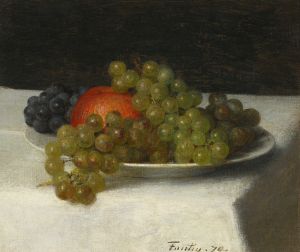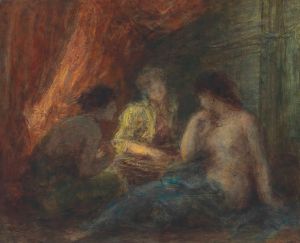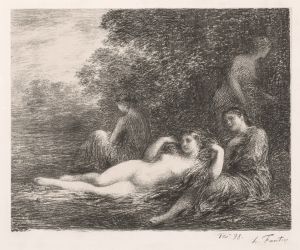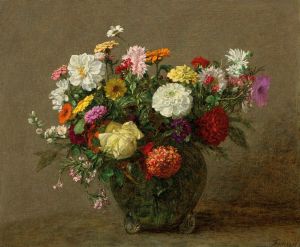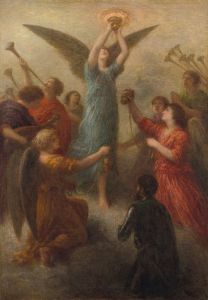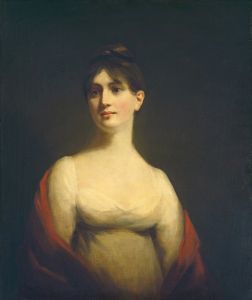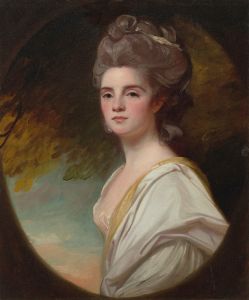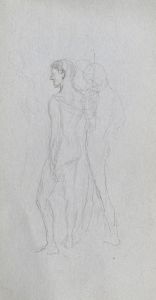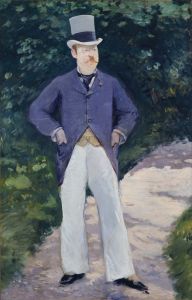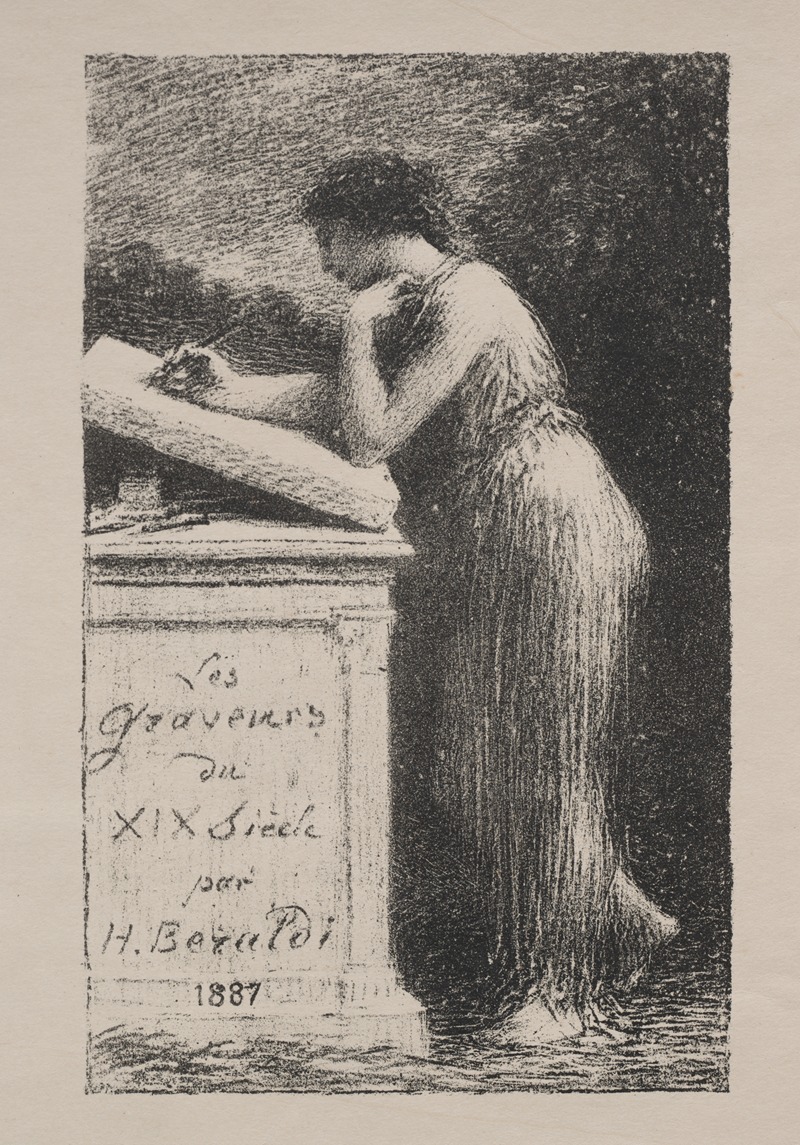
The Lithograph
A hand-painted replica of Henri Fantin-Latour’s masterpiece The Lithograph, meticulously crafted by professional artists to capture the true essence of the original. Each piece is created with museum-quality canvas and rare mineral pigments, carefully painted by experienced artists with delicate brushstrokes and rich, layered colors to perfectly recreate the texture of the original artwork. Unlike machine-printed reproductions, this hand-painted version brings the painting to life, infused with the artist’s emotions and skill in every stroke. Whether for personal collection or home decoration, it instantly elevates the artistic atmosphere of any space.
Henri Fantin-Latour was a renowned French painter and lithographer, celebrated for his exquisite still lifes and group portraits. Among his diverse body of work, his lithographs hold a significant place, showcasing his skill in capturing the subtleties of form and texture. However, there is no specific work titled "The Lithograph" by Henri Fantin-Latour that is widely recognized or documented in art history. Instead, Fantin-Latour's contributions to lithography are best understood through his broader collection of works in this medium.
Fantin-Latour was born on January 14, 1836, in Grenoble, France, and he moved to Paris with his family in 1841. He received his artistic training at the École des Beaux-Arts in Paris, where he developed his skills in drawing and painting. Although he is often associated with the Impressionists due to his friendships with artists like Édouard Manet and Edgar Degas, Fantin-Latour's style remained more traditional and aligned with Realism.
His lithographic work is particularly noted for its delicate and precise lines, which reflect his meticulous approach to art. Lithography, a printmaking process that involves drawing on a flat stone or metal plate with a greasy substance, allowed Fantin-Latour to explore themes and compositions that might not have been feasible in painting. This medium enabled him to produce multiple copies of his works, thereby reaching a wider audience.
Fantin-Latour's lithographs often depict floral arrangements, portraits, and allegorical scenes. His floral still lifes are especially admired for their attention to detail and subtle use of color and light, capturing the ephemeral beauty of flowers with a sense of permanence. These works demonstrate his ability to convey texture and depth, qualities that are equally evident in his lithographic pieces.
In addition to still lifes, Fantin-Latour created lithographs that featured portraits of his contemporaries, including musicians and artists. He was deeply inspired by music, particularly the works of composers like Richard Wagner and Hector Berlioz, and this influence is evident in some of his lithographic compositions. These works often blend elements of fantasy and reality, reflecting his admiration for the emotive power of music.
Fantin-Latour's lithographs were well-received during his lifetime, and they continue to be appreciated for their technical skill and artistic sensitivity. His ability to capture the essence of his subjects, whether through the delicate petals of a flower or the expressive features of a portrait, has earned him a lasting place in the history of art.
Henri Fantin-Latour passed away on August 25, 1904, in Buré, Orne, France. His legacy endures through his paintings and lithographs, which are held in numerous public and private collections around the world. While there may not be a specific lithograph titled "The Lithograph," Fantin-Latour's contributions to this medium remain an integral part of his artistic oeuvre, reflecting his dedication to capturing the beauty and complexity of the world around him.





